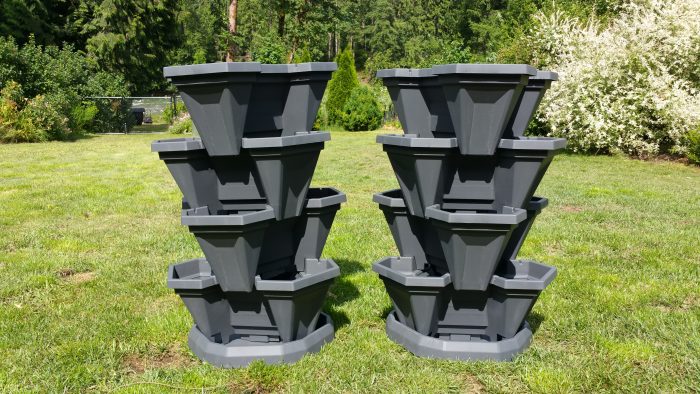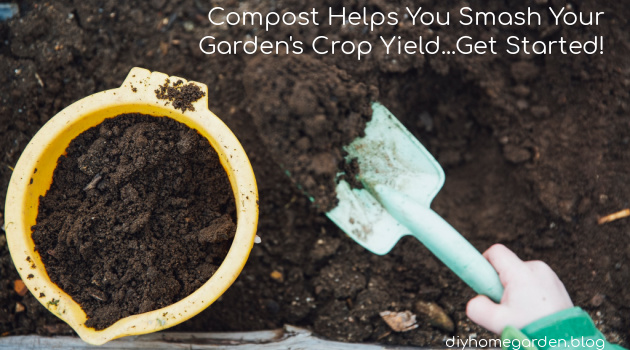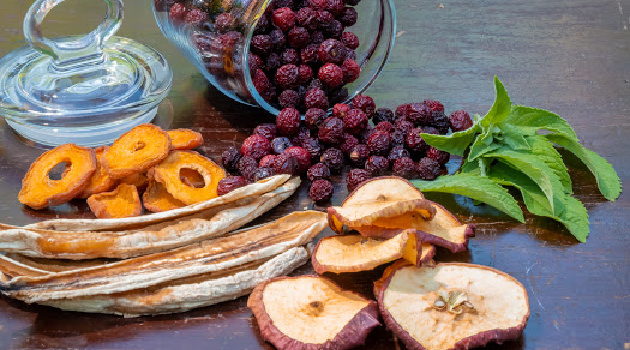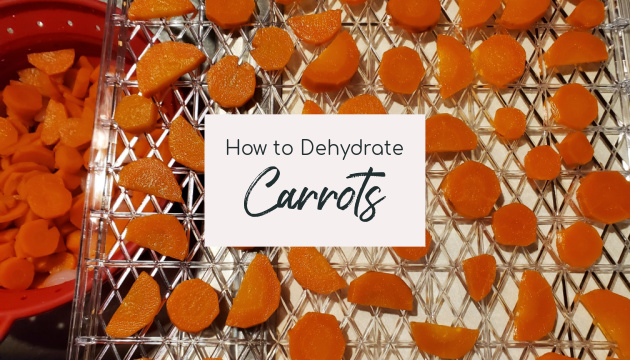The hobby of gardening and growing vegetables at home is a productive and enjoyable pastime. People who find comfort in working around a garden will have no trouble growing vegetables and fruits. Any individual can participate in practical vegetable gardening easily. But you must be willing to invest some time, a little bit of money, and effort into the activity.
Despite this, most gardening enthusiasts decide against cultivating vegetables at home due to the challenges of farming them and the misconceptions about how difficult it is. Had you a similar opinion? Well, what if we told you that cultivating vegetables at home is now as easy as growing a regular plant in your backyard?
This article is a complete guide on how you can grow vegetables by yourself, as a hobby, or even for a living. Keep reading to make the most out of your gardening hobby.
Is Growing Vegetables at Home Worth the Effort?
This has to be the first question that comes to your mind when you think about growing vegetables all by yourself. Is there a good reason for doing it?
The vegetables and fruits that you buy from the market may not be 100% fresh and usually go through several industrial processes that use chemicals that may be harmful to your body. A significant amount of pesticides remains on your vegetables even after you’ve thoroughly washed them. Growing vegetables under your care ensure that they’re free from contamination and are in their freshest possible nutrient-rich state.
Interestingly, homegrown vegetables also taste better than store-bought ones. Not to mention that you save a whole lot of money that previously went into buying vegetables. You now grow them yourself at home.
Furthermore, an insight delivered by one medical report suggests that if a person eats fresh vegetables every day, he has a greater chance of building stronger muscles, improving regulatory organs’ health, and living a longer life free of depression and illness.
Add this to the satisfaction of eating a vegetable that you so lovingly grew with your own hands, and you’re left with no reason as to why you shouldn’t pick up that shovel right now and start farming!
The Ultimate Guide to Growing Vegetables at Home
You can’t start growing vegetables for a living without having an extensive plan and some necessary equipment. To get the most efficient result, one must begin researching and finding the best techniques for gardening.
Don’t Worry! It’s not as difficult as it sounds.
If you are a beginner, consider the following tips and tricks to grow vegetables at home:
1- Find the Ideal Location
Vegetable plants need water, adequate sunlight, nutrient-rich soil, and other underlying factors to grow well. So, the key is to find a suitable place for your vegetables to grow. Your foremost priority should be finding a spot having enough sunlight.
However, suppose you expose your vegetable plant to direct sunlight for an extended period. In that case, the likelihood of it being destroyed is increased, and it may burn out under the scorching heat of the sun.
For this, you can typically use a shade cloth, but if you want to opt for a more aesthetic solution, then transparent roofing pergolas or street park shelters are the way to go. It doesn’t matter what size garden you have; custom-built shelters can be constructed according to your aesthetic.
2- The Soil Requires Lots of Minerals
Even if you take great care of your vegetables and render all the essential factors in the right amounts, your vegetables will only produce a high yield if your soil has the suitable pH and is nutrient-rich with the required minerals.
You can boost your soil’s quality by adding adequate organic matter such as green manure to fix the soil’s nitrogen content and give it excellent preservatives.
You may also need to run a soil pH test and research which pH is optimum for your vegetable’s growth. Purchase an inexpensive soil test kit at your local nursery or hardware store. This quick sampling reveals the strengths and weaknesses of the Earth in your garden. Once you know what you need, you can extend the longevity of your vegetables and ensure that they thrive well.
3- High-Quality Seeds Can Change the Game
How can you achieve the best results if you fail to take the proper steps at the beginning?
It’s the same with gardening vegetables. If you don’t invest in high-quality vegetable seeds, you’re probably going to get bad results out of them. A few extra cents that you invest now will double the quality when it’s the right time to invest. So, make sure you find the best vegetable seed packets available in the market from reputable sellers if you want to cultivate a flourishing garden of fresh vegetables.
4- Water Only When Necessary
Do your vegetables not thrive well? Have you tried everything but fail to see where you are going wrong? Well, you may not have thought about it, but you’re probably watering your plants wrong!
Different plants require different amounts of water to thrive well. For example, garden tomatoes only need 1-2 inches of water every week, while skirret carrots do exceptionally well in wet soils.
There has been evidence to suggest that overwatering your vegetable plant can be just as harmful as not even watering them at all. So, before you water your vegetable plant again, make sure you provide it with the exact amount required for it to thrive well.
Plants to Try Growing (for Beginners)
If you are a new gardener, then congratulations! You are about to start a fantastic hobby that nourishes both your body and your soul. Really, you don’t have a right or wrong plant to try! However, some plants are less fussy than others. Thus, they might suit you better.
Consider starting with these plants.
Classic Garden Vegetables
When you think of growing vegetables, you might have these plants in mind. Don’t worry–as long as you follow the care tips on the packaging, you can do this!
- Tomatoes
- Cucumbers
- Snap beans
- Zucchini
- Snow peas
- Green peppers
- Jalapenos
- Hot peppers
These provide bountiful harvests, cutting down on your grocery spend each week. Besides that, you will have plenty to eat, more than enough to share, and even much you can “put up” for the winter if you wish.
Add Herbs to the Garden
Although they are not vegetables, herbs provide flavor to your cooking and nutritional benefits. Most herbs are relatively self-sufficient, grow in a variety of soil and sunlight or partial sunlight. Some easy-care plants include the following:
- Sweet basil
- Rosemary
- Mint
- Cilantro
- Catnip
- Oregano
- Chives
- Parsley
These also work wonderfully in a container garden. I like to pair my herb selection with the veggies I grow. For example, I grow tomatoes to make and can sauce, so I also grow sweet basil and rosemary to go with it.
Leafy Green Vegetables
Leafy green veggies nourish your body with essential vitamins like A, C, and K. They work well in loose or loamy soil and prefer cooler weather. Try these:
- Kale
- Spinach
- Arugula
- Leaf lettuce
- Collard greens
- Mustard greens
Plant these vegetables in early spring or late fall for the best results.
Root Vegetables and Tubers
Also easy to grow are root vegetables and tubers. You pop them into the amended soil, water and weed them as needed, and they do the rest of the work themselves!
Some of the vegetables you can try might include these:
- Potatoes
- Sweet potatoes
- Carrots
- Parsnips
- Rutabaga
- Beetroot
Once you harvest them, you can enjoy them fresh or dehydrate them for use in the off-season.
The Takeaway: Growing Vegetables Is Easier Than You Might Think
Now that you know the basics of gardening, all you have to do is start with a vegetable that doesn’t require much effort. Read the seed packets or plant care stake, follow the instructions, and watch your gardening efforts flourish. Keeping these essential points in mind, all you have to do now is research a bit about the individual plant and regulate the conditions required for the plant to grow well. You are good to go.





